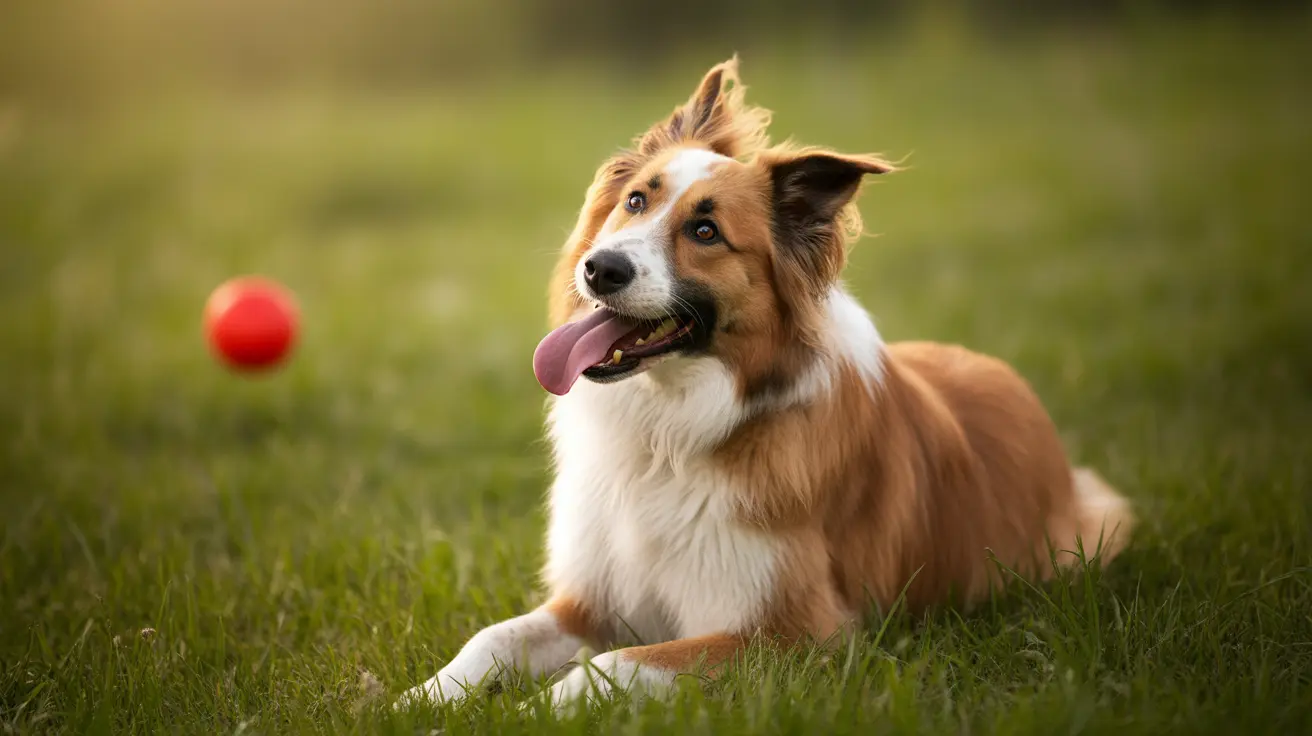Accidentally stepping on your dog's paw is a distressing experience for both pet and owner. While these incidents are common in households with dogs, knowing how to respond appropriately can make the difference between a minor incident and a serious injury requiring veterinary care. This comprehensive guide will walk you through the essential steps to take after stepping on your dog's paw and help you determine when professional medical attention is needed.
Immediate Actions After Stepping on Your Dog's Paw
The moments immediately following the incident are crucial. First, remain calm to avoid heightening your dog's anxiety. Speak in soothing tones and carefully approach your pet to assess the situation. Many dogs will initially pull away or show signs of distress, which is normal.
Gently examine the affected paw, looking for obvious signs of injury such as bleeding, swelling, or visible wounds. If your dog allows it, carefully check between the toes and paw pads for any cuts or foreign objects that might have been pressed into the skin during the incident.
Assessing the Severity of the Injury
Visual Inspection Signs
Look for these key indicators of injury severity:
- Bleeding or open wounds
- Swelling around the paw or toes
- Discoloration or bruising
- Abnormal positioning of toes
- Torn or damaged nail beds
Behavioral Indicators
Your dog's behavior can tell you a lot about the injury's severity. Watch for:
- Limping or refusing to put weight on the paw
- Excessive licking or chewing at the injury site
- Whining or vocalization when touching the area
- Reluctance to move or play
- Aggressive behavior when the paw is touched
Home Care and First Aid
For minor injuries without obvious severe trauma, you can provide initial care at home:
Cleaning the Injury
Gently clean the affected area with warm water and mild antiseptic soap if your dog tolerates it. Pat the area dry with a clean towel, being careful not to cause additional pain or discomfort.
Preventing Further Injury
Consider using a protective bootie or bandage to keep the area clean and protected during healing. Ensure any bandaging is not too tight, as this can restrict blood flow and cause additional problems.
When to Seek Veterinary Care
Some situations require immediate professional attention:
- Continuous bleeding that doesn't stop within 5-10 minutes
- Severe swelling or discoloration
- Obvious broken bones or severe trauma
- Persistent limping or unwillingness to bear weight
- Signs of infection (heat, redness, pus)
Prevention and Future Safety
To avoid future incidents, consider these preventive measures:
- Be mindful of your dog's location during household activities
- Use night lights to improve visibility in dark areas
- Train your dog basic commands like "move" or "watch out"
- Keep your dog's nails trimmed to prevent additional complications
Frequently Asked Questions
What should I do immediately after I accidentally stepped on my dog's paw?
Remain calm, comfort your dog, and carefully examine the paw for visible injuries. If your dog allows it, gently check for bleeding, swelling, or signs of pain.
How can I tell if my dog's paw is seriously injured after stepping on it?
Look for signs such as continuous bleeding, severe swelling, inability to bear weight, or obvious deformity. If your dog shows any of these symptoms, seek veterinary care immediately.
How do I clean and bandage my dog's paw after an injury at home?
Gently clean the area with warm water and mild soap, pat dry, and apply an appropriate pet-safe antiseptic. If bandaging, ensure it's not too tight and monitor for swelling.
When is it necessary to take my dog to the vet for a paw injury?
Seek veterinary care if there's persistent bleeding, severe swelling, obvious broken bones, or if your dog refuses to put weight on the paw after several hours.
How can I prevent my dog from licking or chewing an injured paw after stepping on it?
Use an E-collar (cone) or protective bootie to prevent access to the injury. You can also try bitter-tasting sprays designed to discourage licking, but consult your vet first.
Remember, while most paw injuries from accidental stepping heal well with proper care, it's always better to err on the side of caution when it comes to your pet's health. When in doubt, consult with your veterinarian for professional guidance.






